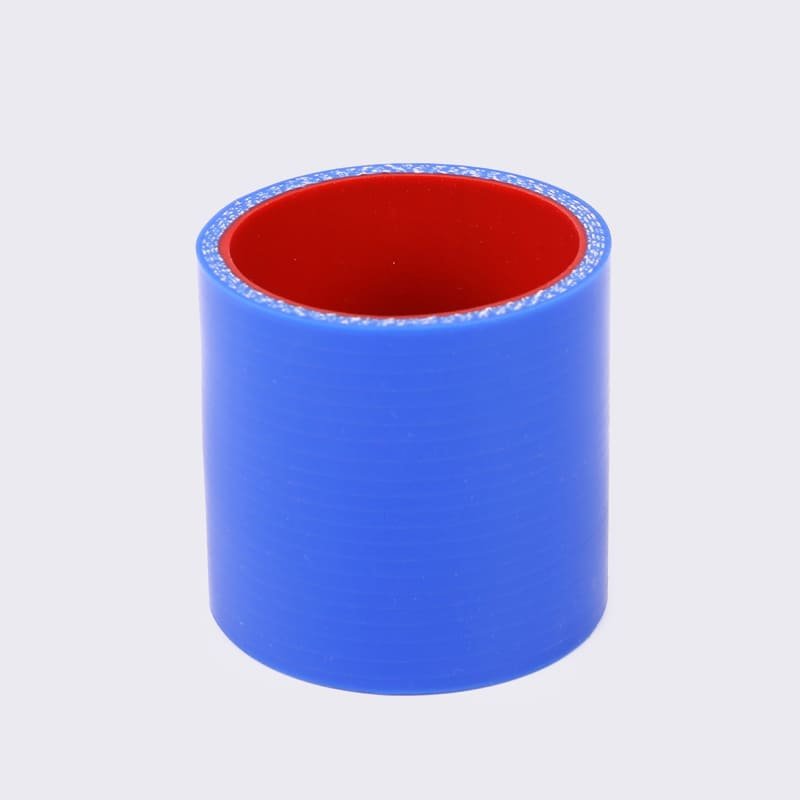How Do Silicone Hoses Enhance Performance in Your Vehicle?

Are you looking to get more out of your vehicle? Rubber hoses may not cut it for you, especially if you want something more durable, heat resistant, and efficient. Silicone hoses might be the answer you’re looking for to improve engine airflow and increase the performance of your vehicle. Silicone hoses are a great way […]
Why Silicone Radiator Hoses Are the Ultimate Choice for Car Performance and Longevity
When it comes to upgrading your vehicle, few things have as big of an impact on performance and durability as silicone radiator hoses. These high-performance hoses are heat-resistant and long-lasting, which is why car guys and parts stores love them. Let’s talk about why silicone radiator hoses are the smart choice for anyone who wants […]
What is the Best Material for Radiator Hoses?

Choosing the right material for your radiator hoses can be a big decision when it comes to durability, performance, and cost-effectiveness. There are a few options out there, like silicone, EPDM rubber, and stainless steel. It’s important to understand the pros and cons of each material for your specific application. Here’s what you need to […]
What Should I Clean My Silicone Hose With? A Comprehensive Guide for Wholesalers

When you’re a wholesaler, it’s important to keep your silicone hoses clean and long-lasting so that you can provide your customers with the best quality possible. Silicone hoses are known for being flexible, durable, and heat-resistant, but they can get dirty, accumulate residue, and become contaminated with all sorts of things as they’re used in […]
A Comprehensive Guide on Cleaning Silicone Hoses
Keeping your silicone hoses clean is essential for both performance and longevity. Over time, dirt, oil, and other gunk can build up on your hoses, making them less flexible and less effective. By cleaning them regularly, you’ll extend their life and avoid problems like leaks and clogs. How to Clean Silicone Hoses Quickly and Effectively […]
Is Silicone Hose Oil Resistant? Understanding the Facts

Silicone hoses are a popular choice among car enthusiasts who want to increase engine performance and durability. But how well do they hold up to automotive fluids when it comes to oil resistance? In this article, we’ll explore the oil resistance of silicone hoses, when they’re the best choice, and when they might not be. […]
Why Do We Upgrade to Silicone Hoses?
Upgrading to silicone hoses may seem like a minor tweak, but for racing enthusiasts and mechanics, it’s an essential enhancement. Stock rubber hoses, while affordable, often struggle under the pressure of high-performance driving. If you’re looking to boost your car’s reliability, prevent costly breakdowns, and increase the longevity of your system, silicone hoses are the […]
What You Need to Know about Silicone Hoses for Cooling Systems
Cooling System Reliability: Why Your Hoses Matter In a vehicle’s cooling system, every component plays a crucial role in preventing engine overheating and ensuring smooth operation. However, traditional rubber hoses can wear down over time, leading to cracks, leaks, and engine failure in extreme conditions. For mechanics and wholesalers looking to improve vehicle reliability, silicone […]
How to Make Silicone Hoses: Step-by-Step Guide
Silicone hoses are essential in today’s automotive, industrial, and medical industries because they are durable, resistant to heat, and flexible. Whether used in high-performance vehicles, medical equipment, or food processing, silicone hoses are reliable. To meet industry demands, manufacturers and wholesalers need to know how to make high-quality silicone hoses. This guide explains how to […]
How to Design the Perfect Silicone Hose for Your Application
Designing the perfect silicone hose is crucial for getting the best performance, longevity, and efficiency out of your vehicle, whether you’re a car guy, a car factory, or a silicone tube wholesaler. In this guide, I’ll show you the important steps in designing the perfect silicone hose. Let’s get started. Step 1: Identify Application Requirements […]

